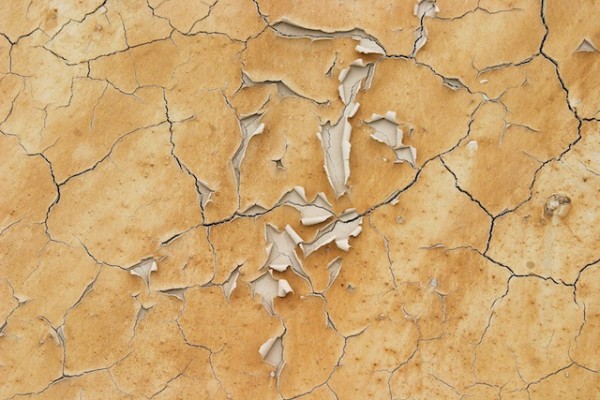
Who is at risk?
Many people are prone to develop dry skin. Examples include those who have or have in the past had atopic dermatitis. This is a common form of eczema that affects up to 20% of the population at some time in their lives. Atopic dermatitis is an inherited disorder of the skin barrier, characterized by an increase in surface pH and a deficiency in the lipids (fats) – especially of ceramides – that form the permeability barrier. Dry skin, even in regions not affected by the eczema, almost always occurs in people with atopic dermatitis.
Dry skin is a sign of a leaky skin barrier.
When the barrier is weak, not only does it allow our precious internal water to leak out, it also is less able to hold water within its outer skin cells – or ‘corneocytes’. This leads to the drying, flaking, and often, the itching that we experience as dry skin.
It becomes increasingly common as we age. Our research has shown that skin barrier function begins to decline as early as 50 years of age. This age-related barrier dysfunction is attributable to an increase in the pH of the skin surface, as well as a decreased production of the lipids required for a competent permeability barrier.
It’s also more common in winter – earning the name, ‘winter itch’. But why in winter? Those of us who live in higher latitudes tend to remain indoors for extended periods of time, where we are surrounded by forced air heating. Typically, the humidity inside our homes declines to less than 5% during winter.
When the atmosphere is this dry, it places substantial stress on the skin’s ability to hold back water from leaking out. In normal individuals, the epidermis is able to adjust, and retain optimal function. But in many people, such as those with atopic dermatitis or the elderly, the skin cannot fully adjust. And under this seasonal stress, dry skin makes its appearance, or if always present, it worsens.
[Read more…] about Dry Skin: Who Is At Risk and What Can Be Done About It?


